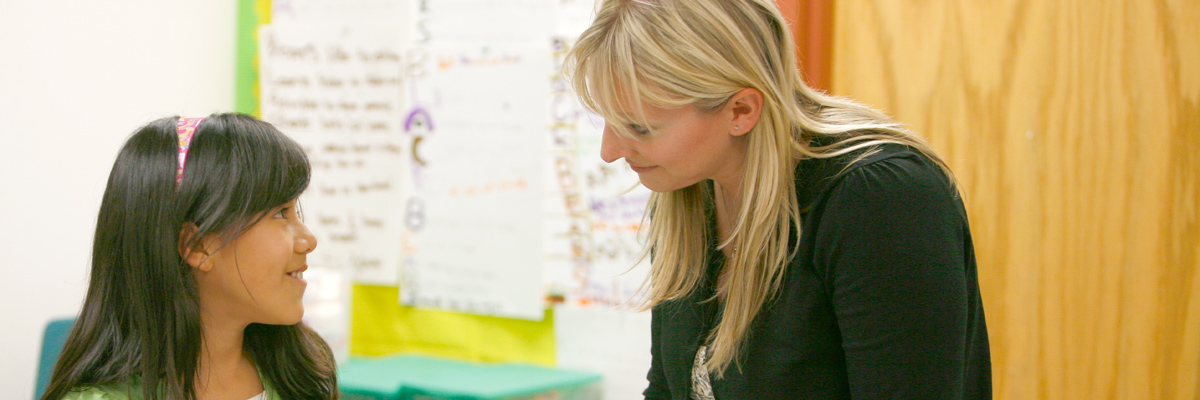Blitz News Digest
Stay updated with the latest trends and insights.
Crafting Future Minds with a Dash of Fun
Transform learning into play! Discover engaging ideas that spark creativity and inspire young minds in Crafting Future Minds with a Dash of Fun.
Nurturing Creativity: Fun Activities to Boost Critical Thinking in Kids
Nurturing creativity in children goes hand-in-hand with boosting their critical thinking skills. Engaging kids in fun activities not only sparks their imagination but also encourages them to think outside the box. For instance, consider incorporating storytelling sessions where children create their own tales. This activity helps them develop narrative skills, enhances their vocabulary, and encourages them to analyze the motives behind character actions. Another engaging option is science experiments that spark curiosity. Simple experiments like mixing vinegar and baking soda or growing crystals from sugar provide hands-on experience that teaches them about cause and effect while igniting their natural curiosity.
In addition to storytelling and science experiments, art projects can also play a vital role in enhancing a child’s ability to think critically. Activities such as painting, drawing, or crafting with recycled materials allow kids to express their feelings and thoughts creatively. They learn to evaluate their work, make decisions about colors, shapes, and designs, and reflect on what works and what doesn’t. Furthermore, group games that involve problem-solving, like scavenger hunts or escape rooms, are excellent ways to promote teamwork and critical thinking. By fostering an environment that values creativity through these engaging activities, parents and educators can help children develop essential skills that will serve them throughout their lives.

Why Incorporating Play into Learning is Essential for Developing Young Minds
Incorporating play into learning is essential for developing young minds as it fosters creativity, critical thinking, and problem-solving skills. When children engage in playful activities, they are not just having fun; they are actively participating in their own learning processes. This approach not only enhances their academic achievements but also promotes social skills and emotional development. For instance, through role-playing games, children learn to navigate social scenarios, empathize with others, and build cooperative skills, all while nourishing their imaginative capacities.
Moreover, play-based learning has been shown to improve retention rates and deepen children's understanding of complex concepts. By transforming abstract ideas into tangible experiences, young learners are more likely to remember and apply what they've learned. Activities such as
- building blocks
- interactive storytelling
- nature exploration
How to Engage Children in STEM Through Creative and Fun Craft Projects
Engaging children in STEM (Science, Technology, Engineering, and Mathematics) can be a delightful experience when combined with creative and fun craft projects. By transforming abstract concepts into tangible activities, children are more likely to grasp STEM principles while enjoying the process. For example, creating a simple rocket using everyday materials like paper, straws, and tape can teach them about aerodynamics and propulsion in an exciting way. Here are some creative craft ideas to consider:
- Make a DIY lava lamp to explore chemical reactions.
- Build a bridge using spaghetti and marshmallows to discuss structures.
- Craft a simple circuit with batteries, wires, and LED lights.
In addition to hands-on activities, storytelling can also play a vital role in engaging children in STEM. By weaving narratives around science and technology, children can relate better to the subject matter. For instance, you can create a story about a young inventor who uses math to solve problems or a scientist who travels through time to change history. Encouraging kids to illustrate their version of the story through craft projects can enhance their creativity while solidifying their understanding of STEM concepts. With the right mix of imagination and practical application, children can enjoy learning while developing essential skills for the future.